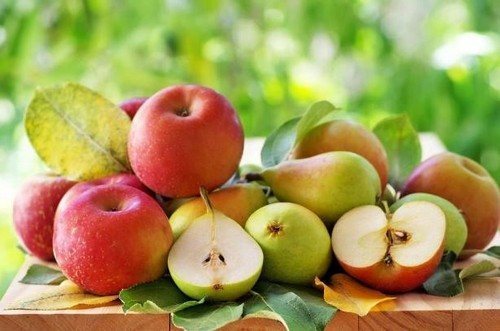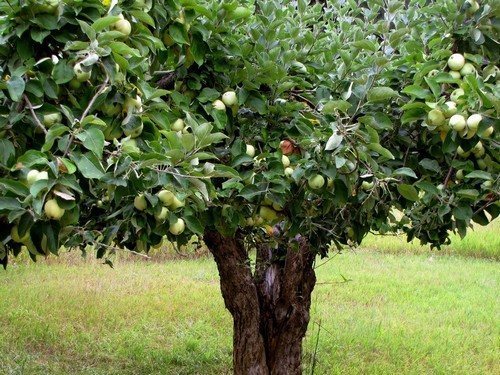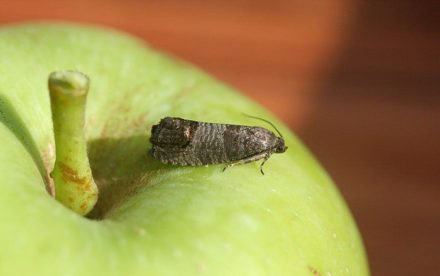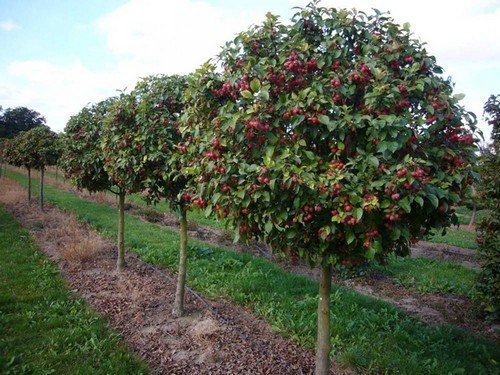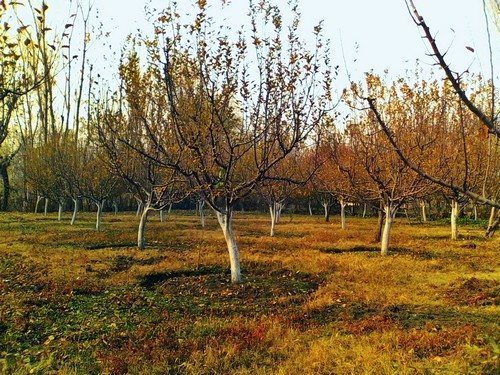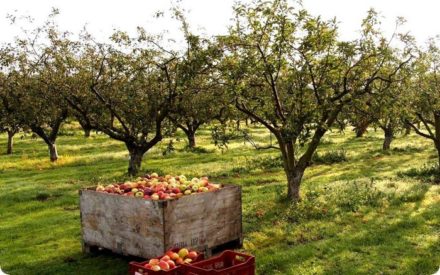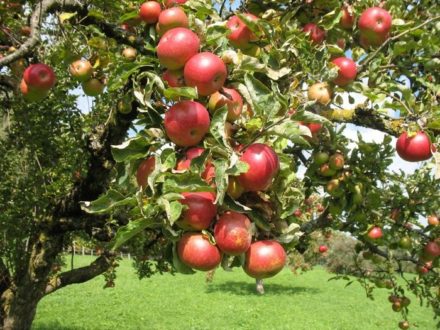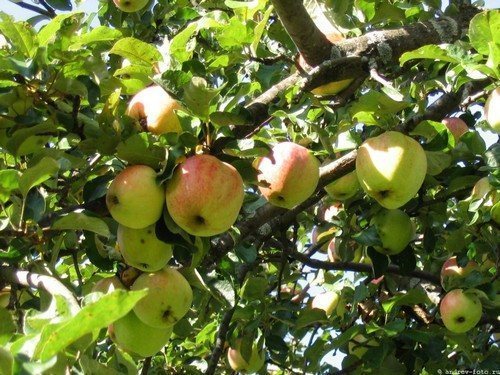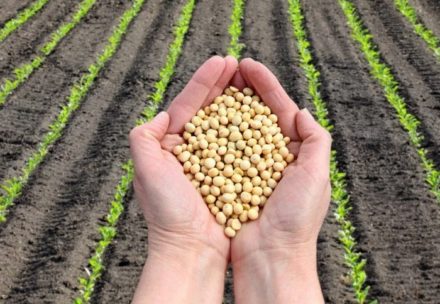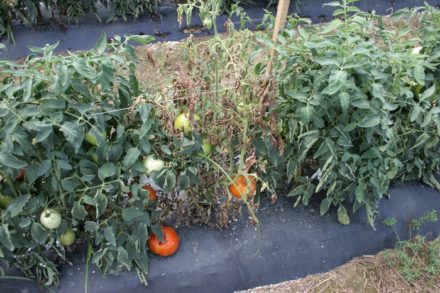The fate of the apple tree and the quality of the harvest depend on a properly dug planting hole. Without knowing some of the subtleties and without the advice of experienced gardeners, it is impossible to improve rooting and lead the apple tree to good fruiting.
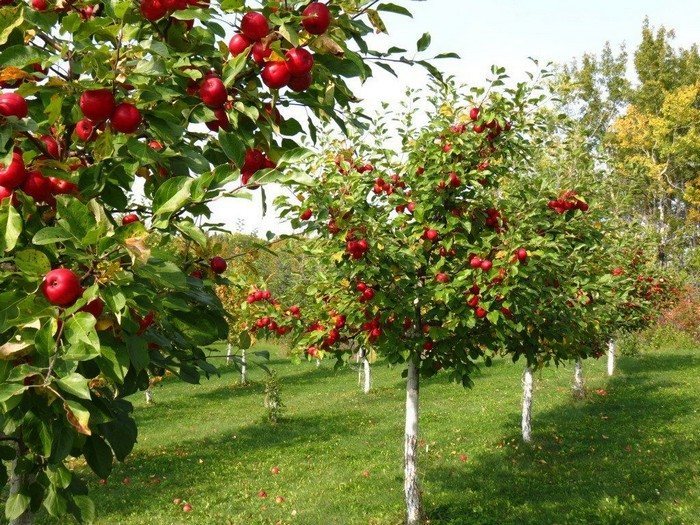
Timing for digging a hole
Autumn planting of seedlings is carried out in September - October, depending on the region. There should be at least 3 weeks until stable frosts. This is the most favorable time for the apple tree. The summer heat has subsided, frequent rains help the seedlings take root faster. During this time, the seedling has time to adapt, take root and prepare for winter.

As for preparing the hole, gardeners choose the time themselves, although this is wrong. The ideal option is to dig it up and fill it with nutritious soil six months before planting. The soil will settle and become compacted. In this case, the root collar will not go down after planting.
Choosing a location for the pit
The most suitable location for the pit is open sunny areas, protected from the winds and located on an elevated site, away from fences and buildings. The hole is dug in places where groundwater lies no higher than two meters. Apple trees will not grow in damp places.
The gardener is supposed to select a site for the hole in advance and abandon the place where fruit trees previously grew. A place is selected where apple trees have not grown for at least 5 years.The thing is that waste from the previous tree has accumulated in the soil, and if planted earlier, the young seedling will not have enough strength to fight harmful substances and take root in time.
Distance between plantings, hole sizes
Before digging a hole, it is worth determining the parameters of the future tree. For example, the diameter of the crown of an ordinary Antonovka is about 3 meters. From here the distance between the landing holes appears. Depending on the data obtained, a diagram of the location of the pits is drawn up.
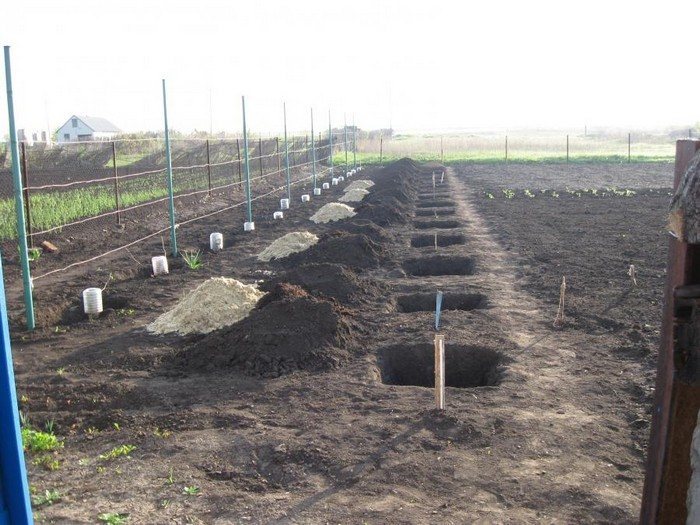
Sizes vary depending on apple tree species and soil.
The depth and width of the holes depending on the variety of apple trees:
- Tall varieties. Depth - more than 70 cm, diameter - 90 cm. Distance to fences and buildings - 7 m or more, to low-growing plants - from 5 m. In a bed between seedlings - 4-5 m, between beds - at least 6 m.
- Medium height. Depth - 70 cm, diameter - 80 cm. The distance between pits is 3-4 m, between beds - 4 m.
- Dwarf. Depth - at least 60 cm, diameter - 60–70 cm. The length of the gap between the holes is 2.5 m, between the beds - at least 4 m.
For clay soil, the diameter of the holes is increased and the depth is reduced. For sandstone it’s the opposite.
Preparing the soil for pits
In the spring, the soil is prepared for autumn planting. Since the lands are different, rooting may not happen without preparation. They start by choosing a territory. Clear it of debris, weeds, and stones. Due to differences in soil, site preparation varies somewhat.
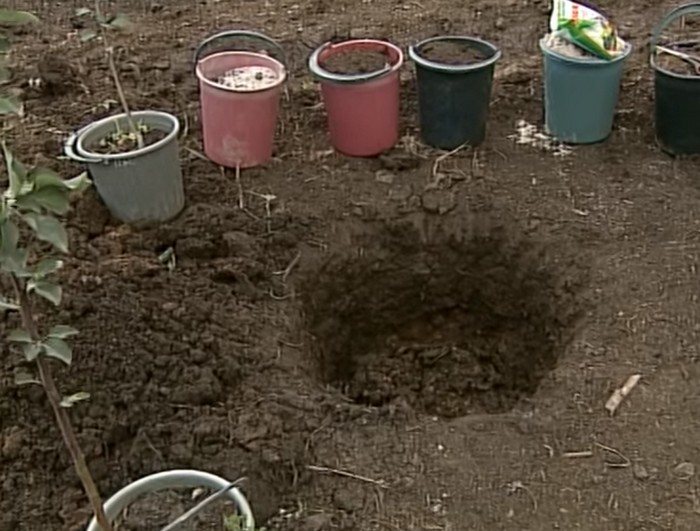
Peat soil
The soil is light, but with high acidity and lack of nutrients. To leach the soil before digging, add chalk, slaked lime or dolomite flour. In addition, for 4 cu.m of soil when digging, add 0.4 cubic meters. m of sand.
The following fertilizers are poured onto the ground (per 1 sq. m):
- cow, horse or sheep manure – 2 kg;
- phosphorus flour – 200 g;
- potassium sulfate – 50 g;
- superphosphate - 0.15 kg.
After applying fertilizers, the designated area is dug up 30 cm deep. Then green manure is sown.
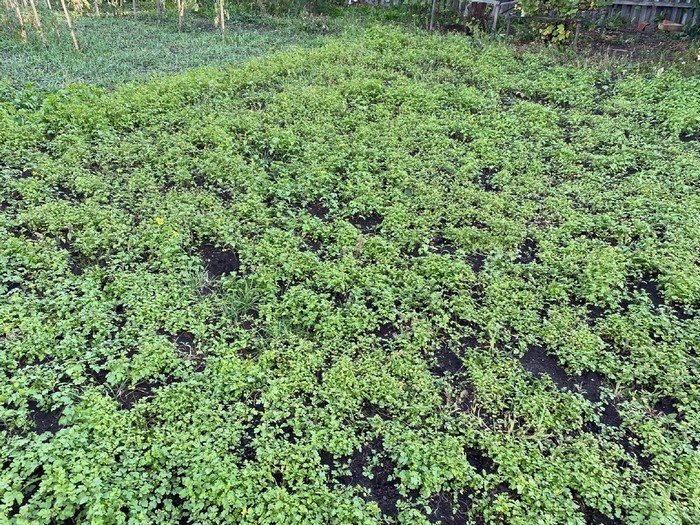
Loam
Loamy soils have optimal density, but are poor in minerals and organic matter. That's why they need enrichment. Into the soil per 1 sq. m fertilizers are applied:
- humus, compost or humus – 10 kg;
- potassium superphosphate – 150 g.
Then the soil is dug up to a depth of 50 cm. Fertile lands do not need additional fertilizers.
About digging and filling a hole
The procedure is performed six months before planting the seedlings. When digging, the soil is divided into two piles. It is advisable to spread two pieces of polyethylene and not get confused where to put what. Deep soil is placed on one of them, and the top layer of soil (turf) is placed on the other. The bottom of the hole is loosened with a crowbar.
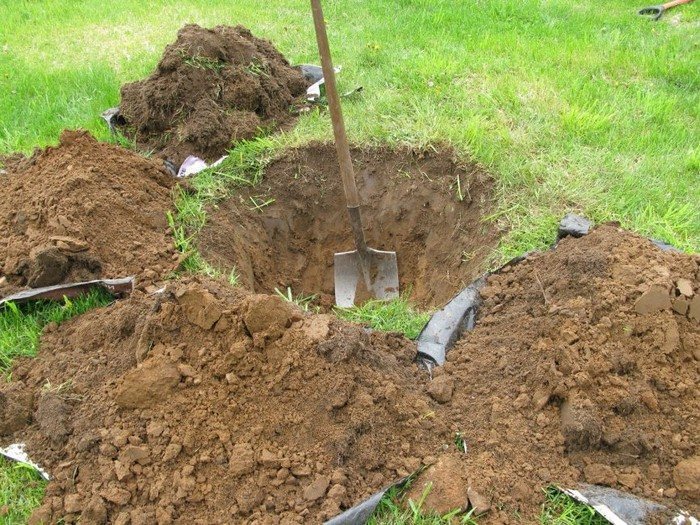
A nutrient mixture is prepared from the deep soil with the addition of 2-3 buckets of organic fertilizers. This is compost, manure or humus. Wood ash in the amount of 800 g and nitroammophoska - 1 kg are also added here. The composition is thoroughly mixed.
Fill the hole in the following order. The bottom is covered with the top soil of the pit, which is useful for seedlings. Rotting of overgrown turf will bring additional microelements into the soil. The prepared mixture from the deep layer is laid out on top. That is, the layers change places. A hillock 15–20 cm high is made from the same soil mixture. Over time, the soil will shrink. After such conscientious preparation, the hole is ready to receive a seedling.
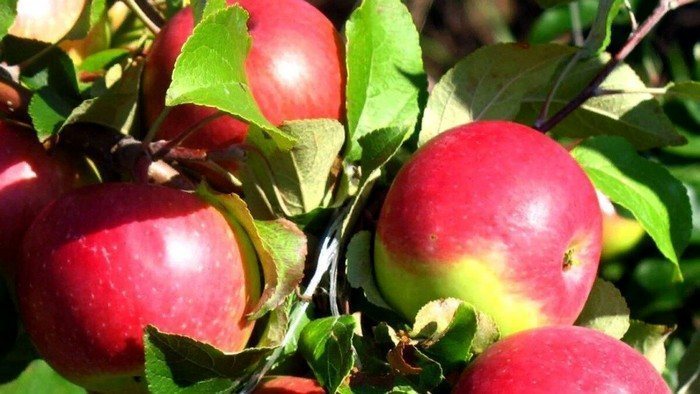
The considered intricacies of pit preparation can be considered a guide to action. From the observations of experienced gardeners, it follows that holes for autumn planting of apple trees, prepared taking into account tips and recommendations, will help improve rooting. And this guarantees a rich harvest in the future.


